Why Ljubljana is the perfect short break destination
/Looking down the Ljubljanica towards the Triple Bridge and the Franciscan Church.
Note: This post contains sponsored content and/or links.
It’s hardly surprising that Ljubljana isn’t in the upper echelon of European city destinations alongside Rome, Paris, London and Berlin.
That’s not to say it has nothing in its inventory. On the contrary, as Ljubljana serves up a feast of activity and beauty on which visitors can dine.
Though its problem may lie with something far more trivial, and that’s its name.
Ljubljana. A minefield of mispronunciation for the native English speaker. But once you know how to say it, you won’t forget.
Lyoo-blee-ah-nah – four syllables, one word and a cracking place to take a short break in Europe.
Why is that? Let's take a look…
The history
Inside the grounds of Ljubljana Castle.
With Slovenia nestled between Italy, Austria and Croatia, it will be no surprise to hear that the country has played quite the part in the power struggle that has shaped Europe of the past few thousand years.
Learning about Ljubljana's history on the Regular Walking Tour, free with the Ljubljana Card.
Ljubljana has been controlled by the Romans and Habsburgs and was a part of Napoleon’s France, the Austro-Hungarian Empire and, more recently, Yugoslavia.
The city’s mascot is the Ljubljana dragon, symbolising strength, courage and might. Statuettes can be found dotted around the city, as well as the mythical beast making an appearance on the capital’s flag and coat of arms.
Two travellers taking a selfie in front of Dragon Bridge.
And also an integral part of the Ljubljana story is Ljubljana Castle. Rising high above the centre and keeping watch on the population, the medieval fortress was built in the 11th century. While it has retained some of its older precincts such as its prison cells and chapel, it has been renovated to include a wedding venue, tourism centre, restaurant and an area for an outdoor cinema in the summer months.
Its location
Views over Ljubljana from the Ljubljana funicular.
Ljubljana is well-placed in more ways than one. Not only is it smack bang in the middle of Slovenia, but it is also positioned between Zagreb to the east and Venice to the west, while also wearing Austria like a fedora. Its location makes it a perfect destination for any south European tour.
With a major rail network covered by the Interrail pass, plenty of bus and coach services in and out of the country via the central station and an airport in Zgorni Brnik served by multiple budget carriers to over 22 countries, Ljubljana is a highly accessible destination.
It is roughly two hours away by plane from the United Kingdom, with London the only city to offer a direct connection.
Its beauty
There aren’t many capital cities as quaint as Ljubljana. With a metropolitan population peaking just above half a million residents, it clearly isn’t one of Europe’s major cities.
But that doesn’t mean it doesn’t dress for the occasion.
Take the Ljubljanica, for example, a river which courses through the cosy Slovenian capital; the aorta keeping the heart of the city pumping with an endearing charm. A selection of restaurants and bars flank the waterway while the centrepiece of the city, the triple bridge, crosses the river and connects Ljubljana’s historical town and its modern city.
Looking down at the city from Castle Hill.
One of the great advantages that Ljubljana has is that it is an all-weather destination, and even when temperatures drop below zero in the winter, snowfall will usually be there to make the pretty picturesque. But the summer months are also nice, providing temperatures that allow for shorts and skirts as well as outdoor dining.
And if that isn’t enough to convince you then, clear weather permitting, arriving visitors at the airport will be greeted by the stunning Julian Alps which overlook the airport and stand side-by-side with the incoming flight path from the west. That in itself is an attraction for the country to be proud of.
The nightlife
Ljubljana by night, featuring the illumination of the Triple Bridge.
Ljubljana’s nightlife is surprisingly good, despite the lack of people that seem to be knocking around in the day.
Cocktails at Captain's Cabin, a pirate-themed pub in Ljuljana's Old Town.
A lot of bars are busy with young people on Friday and Saturday nights, while more refined places are inviting for adults.
They also have a club scene, and although I only sampled one – Klub Cirkus – I came away very impressed.
The price of entry, which was €8 was expensive, but with cocktails at €5 and bottles of beer at €3, enjoying some of the finest music and club lighting I’d ever witnessed inside the ‘arena’ wasn’t really an expensive affair.
Cirkus - one of the finest nightclubs in Europe.
The only gripe with the nightlife is that the bars and clubs are spread out, rather than in a concentrated area. This isn’t a problem so long as you know where you are going, but there isn’t the pomp and atmosphere that can be found in cities that have more centralised nightlife.
In terms of nightlife, Ljubljana holds appeal for both couples and groups, and is surely one of the lesser-known hotspots in Europe.
A surprise package indeed.
The Ljubljana Card
You can pre-book your Ljubljana Card on the website of Visit Ljubljana to save 10%.
The Ljubljana Card is a convenient and cost effective way to explore Ljubljana, and will fit right into a traveller’s wallet.
With prices starting at €20.70, card holders can expect to get entry to a number of Ljubljana’s top attractions and museums, tours, free bus transportation around the city and unlimited Wi-Fi.
Visit Ljubljana's WOW campaign.
Ljubljana Card holders can visit the likes of Ljubljana Castle using the funicular included in the cost of the car, or may even try out the zoo. The regular walking tour is another option, with a guided tour around the city’s main sights broken up by a tasting of traditional Slovenian food. It’s interesting, informative and interactive, too.
One of the Tourist Information Centres is here, just across the Triple Bridge.
I was able to get my Ljubljana Card from one of the tourist information centres that are centrally located, but purchasing online can save you 10%, with discounts available for children. For more information, head on over to Visit Ljubljana’s official website.


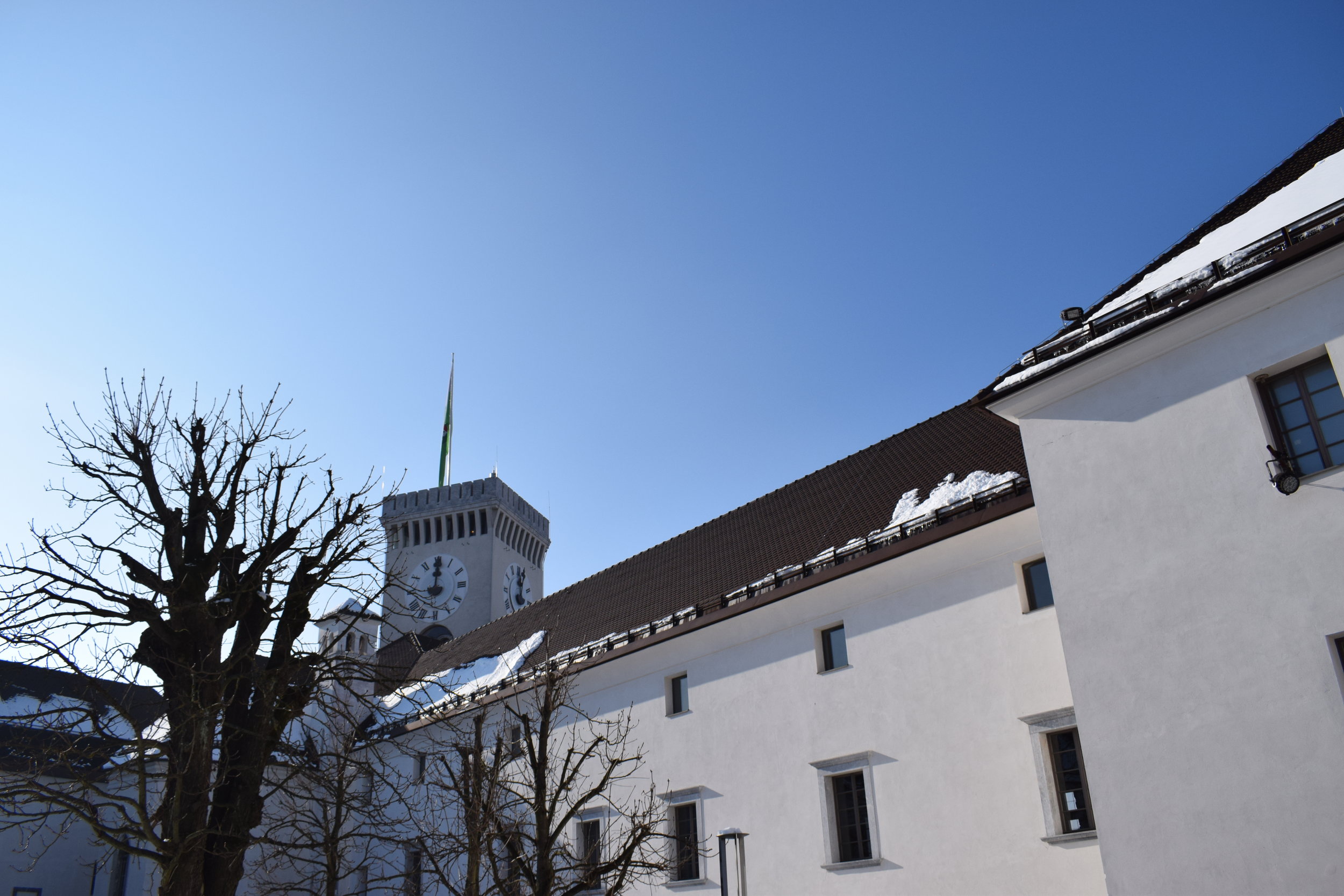

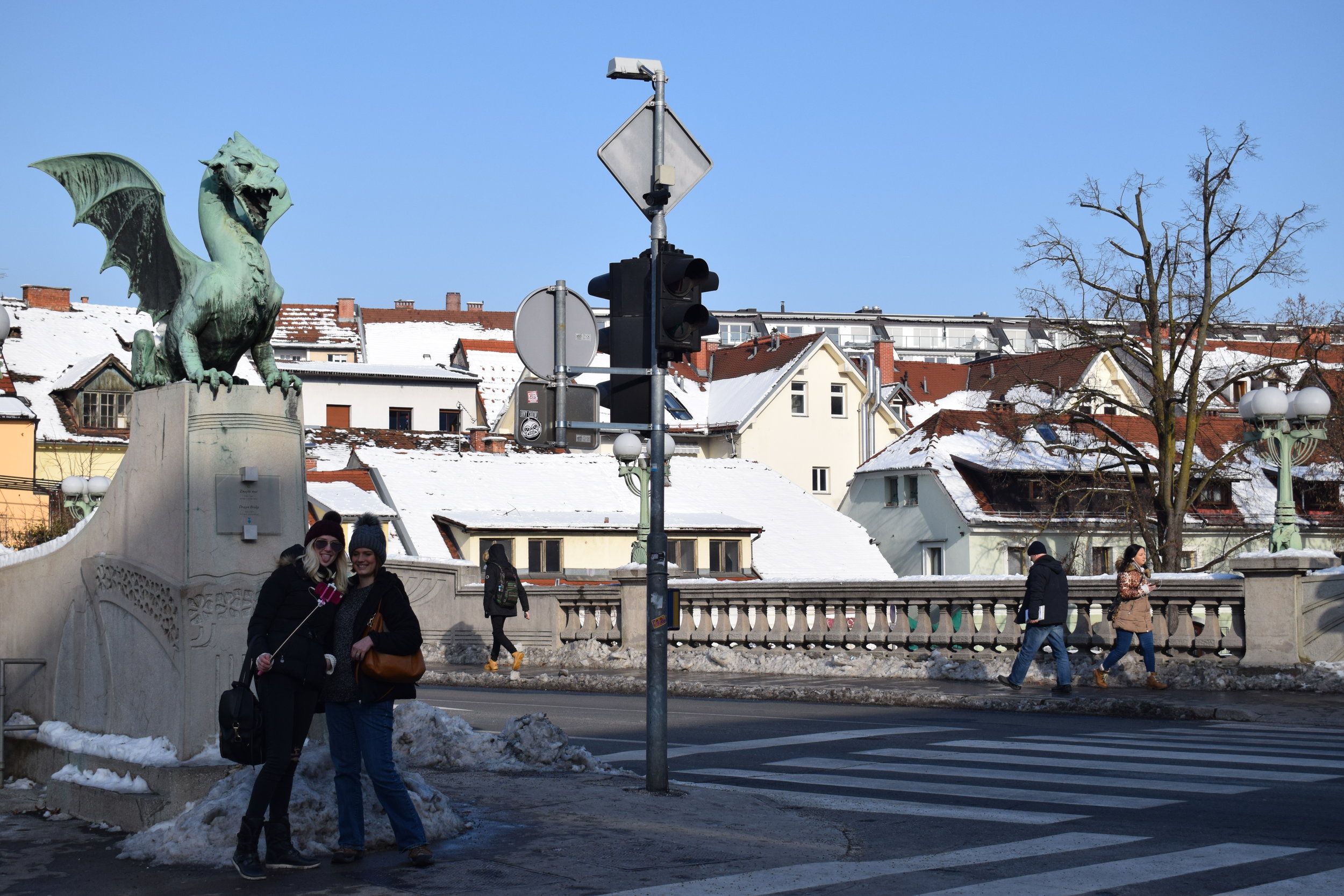
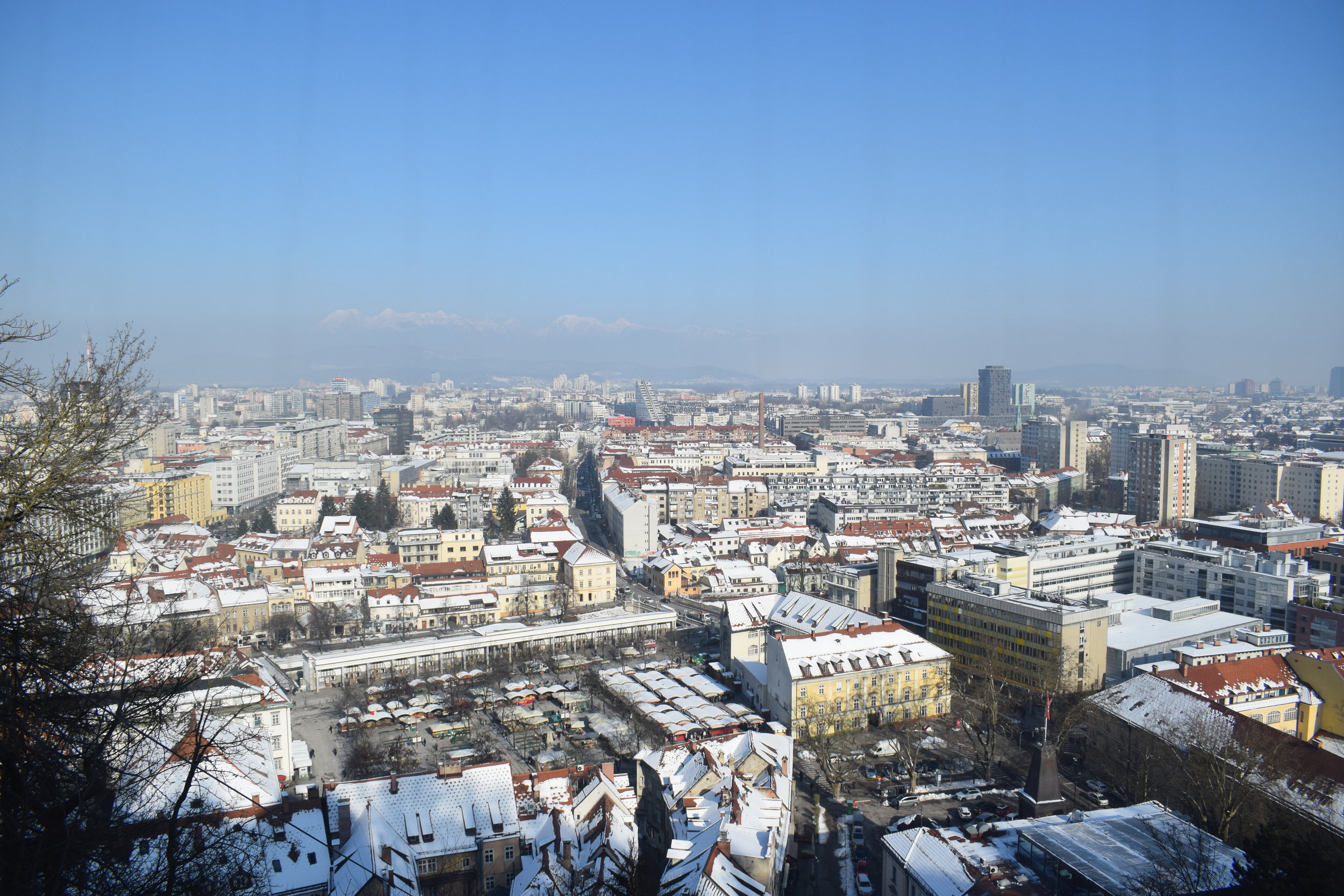


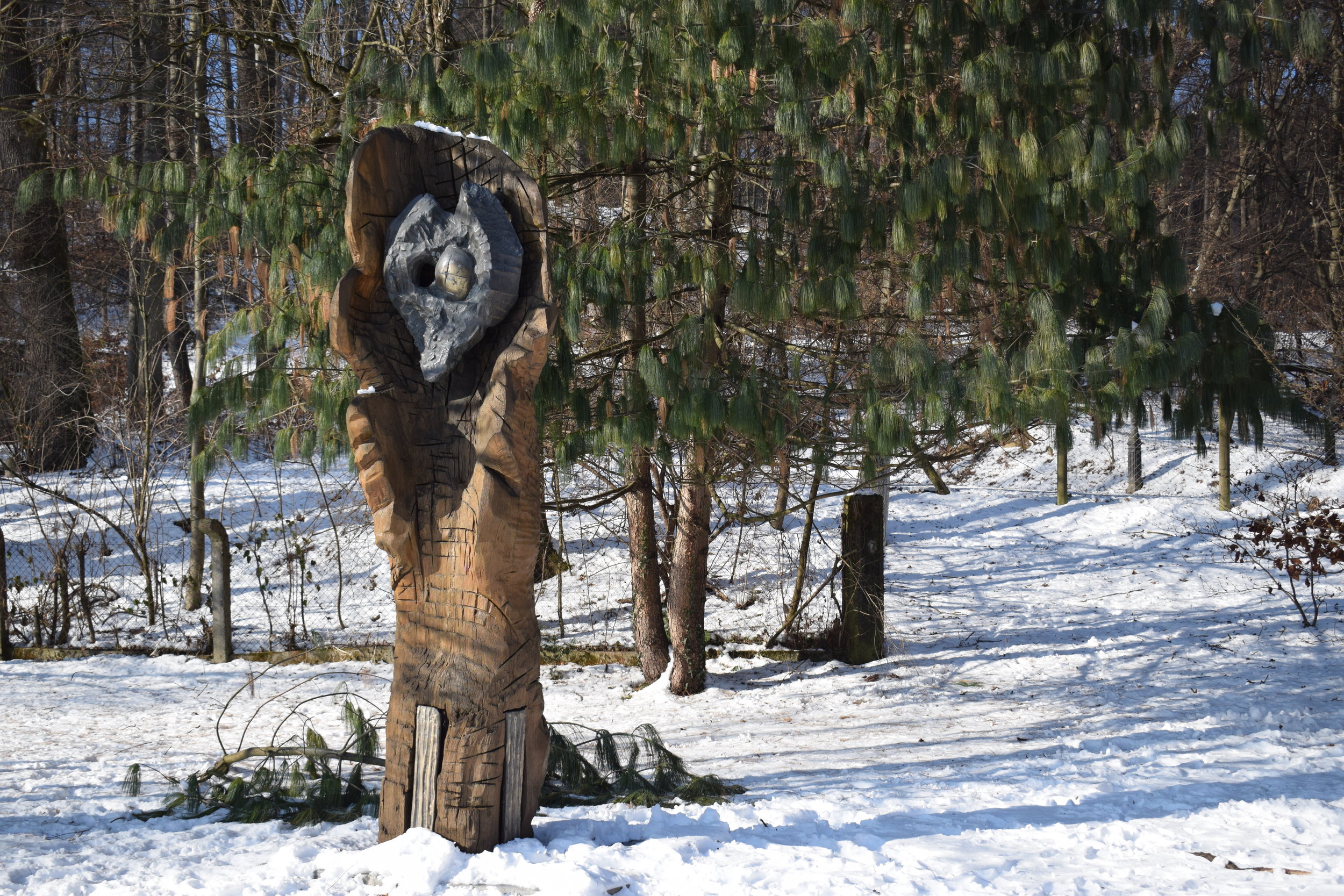
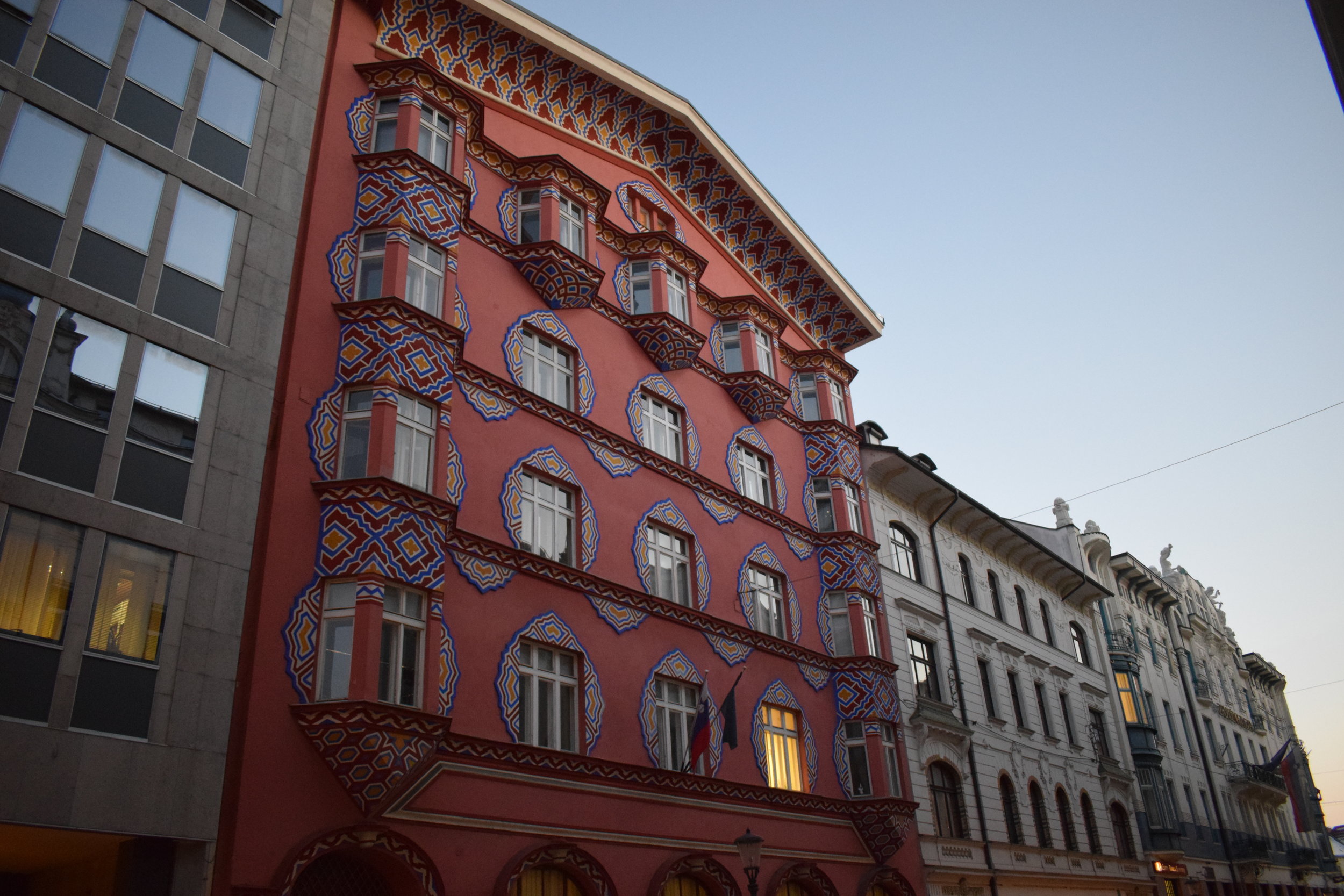






















If you’re looking for inspiration on a visit to the capital of Slovenia, here are five things you have to do in Ljubljana.